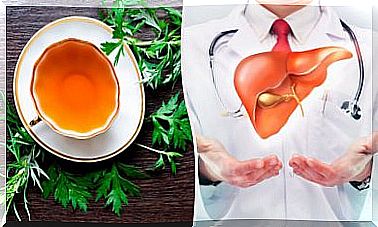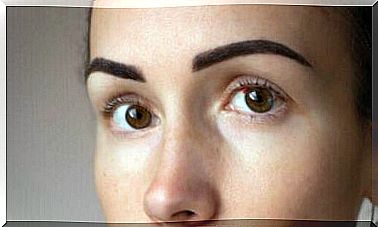Pulmonary Edema: Symptoms And Causes
Pulmonary edema causes difficulty in breathing, a feeling of suffocation and tachycardia.
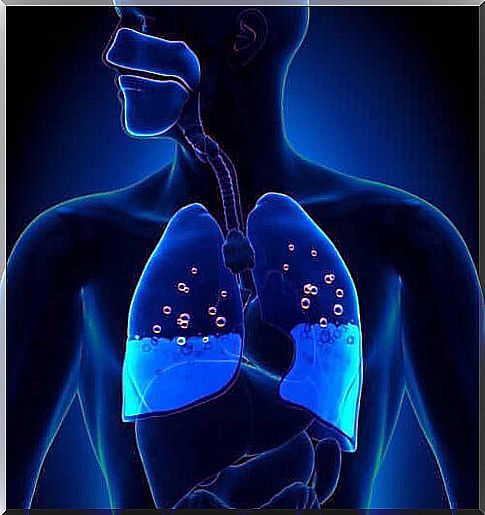
Pulmonary edema is a disease in which fluid accumulates in the lungs. This build-up makes breathing difficult and therefore puts the person’s life in danger.
In most cases, pulmonary edema is caused by heart problems. However, it can also be due to trauma, pneumonia (infection of the lungs) or even medications.
When edema appears suddenly, it is a medical emergency that can be fatal. Sometimes it occurs gradually. The fact remains that this is an important situation that must be resolved quickly.
In this article we tell you what pulmonary edema is, what are its symptoms and causes.
What is pulmonary edema?
The alveoli are the air sacs that make up the lungs. They are responsible for absorbing oxygen and eliminating carbon dioxide during breathing. When they fill with liquid instead of air, this gas exchange cannot be done correctly.
When it comes to this accumulation of fluid, it is called pulmonary edema. In addition, it can also be linked to cardiac causes. This is called cardiogenic pulmonary edema. It mostly occurs when the left ventricle of the heart weakens.
On the other hand, pulmonary edema can also be dissociated from the heart (non-cardiogenic edema). This happens, for example, when a person climbs to a high altitude.
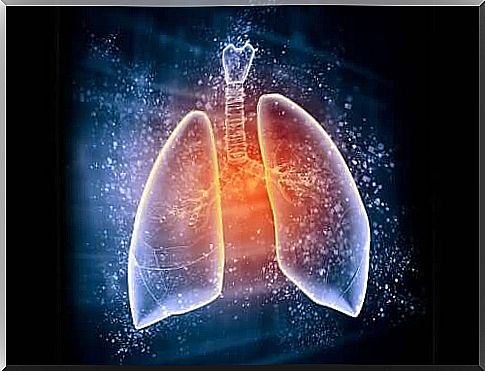
What are the causes of pulmonary edema?
Cardiogenic pulmonary edema
As we mentioned above, cardiogenic pulmonary edema is the result of heart disease. The most common problems caused by pulmonary edema are:
- Coronary artery alterations: these are the ones responsible for the circulation of the heart. They tend to become blocked due to the build-up of fat (atheromatous plaques), and this weakens the heart. Blood also collects in the lungs and causes fluid to pass through the alveoli
- Damage to the heart muscle: this is called cardiomyopathy. The same takes place as in the previous case. When the heart does not beat hard enough, fluid returns to the lungs
- Heart valve problems
- Hypertension
Non-cardiogenic pulmonary edema
In this case, the main causes are:
- High altitude: When a person climbs to high altitude, there may be an increase in pressure due to vasoconstriction of the pulmonary capillaries. This then causes the liquid to pass through the alveoli.
- Acute Respiratory Distress Syndrome: This is a disorder in which the lungs fill with fluid and white blood cells. It can also be due to trauma or infections
- Medicines.
- Following a pulmonary embolism: this occurs when a clot occupies a blood vessel in the lungs and prevents the proper flow of blood
- Viral infections
- Smoke inhalation or drowning
What are the symptoms of pulmonary edema?
Symptoms depend on the cause and how quickly the edema begins. When it occurs acutely, the main symptoms are:
- Breathing difficulty that gets worse when lying down
- Sensation of suffocation.
- Wheezing when breathing (wheezing)
- Cough that can cause bloodstains
- Tachycardia, the heart beats at an accelerated rate
- The skin may be cold and damp, and the lips bluish
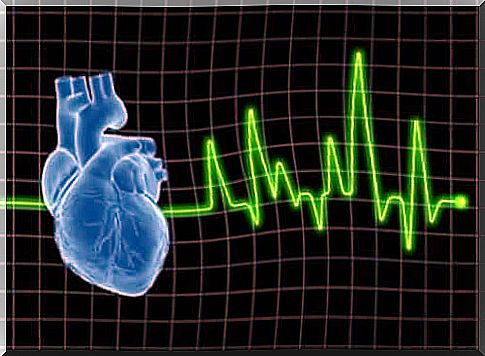
When the edema appears gradually, the symptoms are slightly different:
- Breathing is also difficult, both when exerting and lying down
- The legs may swell
- Increased feeling of fatigue
- Cough that occurs when lying down and decreases when sitting
- Weight gain
How can we prevent it?
The key to trying to prevent this disease is to avoid a heart problem. Indeed, it is important to control blood pressure because hypertension is one of the main risk factors for cardiovascular disease.
Exercising moderately every day and maintaining an adequate diet are also essential measures. This helps in controlling blood pressure levels as well as blood cholesterol. This is indeed a very important parameter, since cholesterol is linked to coronary pathologies.
On the other hand, one should avoid smoking and drinking alcohol. Maintaining a healthy weight is also fundamental. And, of course, you have to try to control stress as much as possible.
In conclusion…
If you experience difficulty breathing, some fatigue, or any of the symptoms listed in this article, do not wait any longer to see your doctor. Indeed, pulmonary edema is a delicate situation that puts your health at risk.



